Before home consoles dominated the living room, the local arcade was our sanctuary. Lit with the glow of CRT screens and pulsing with the sounds of synth soundtracks, arcade halls were where Gen X honed reflexes, stacked quarters, and fell in love with pixelated heroes. The 1980s were the golden age of arcade gaming—a time when the joystick was king and every high score was a legacy.
Here’s an in-depth look at the most unforgettable arcade games of the ‘80s that didn’t just entertain—they shaped the entire gaming landscape.
1. Pac-Man (1980)
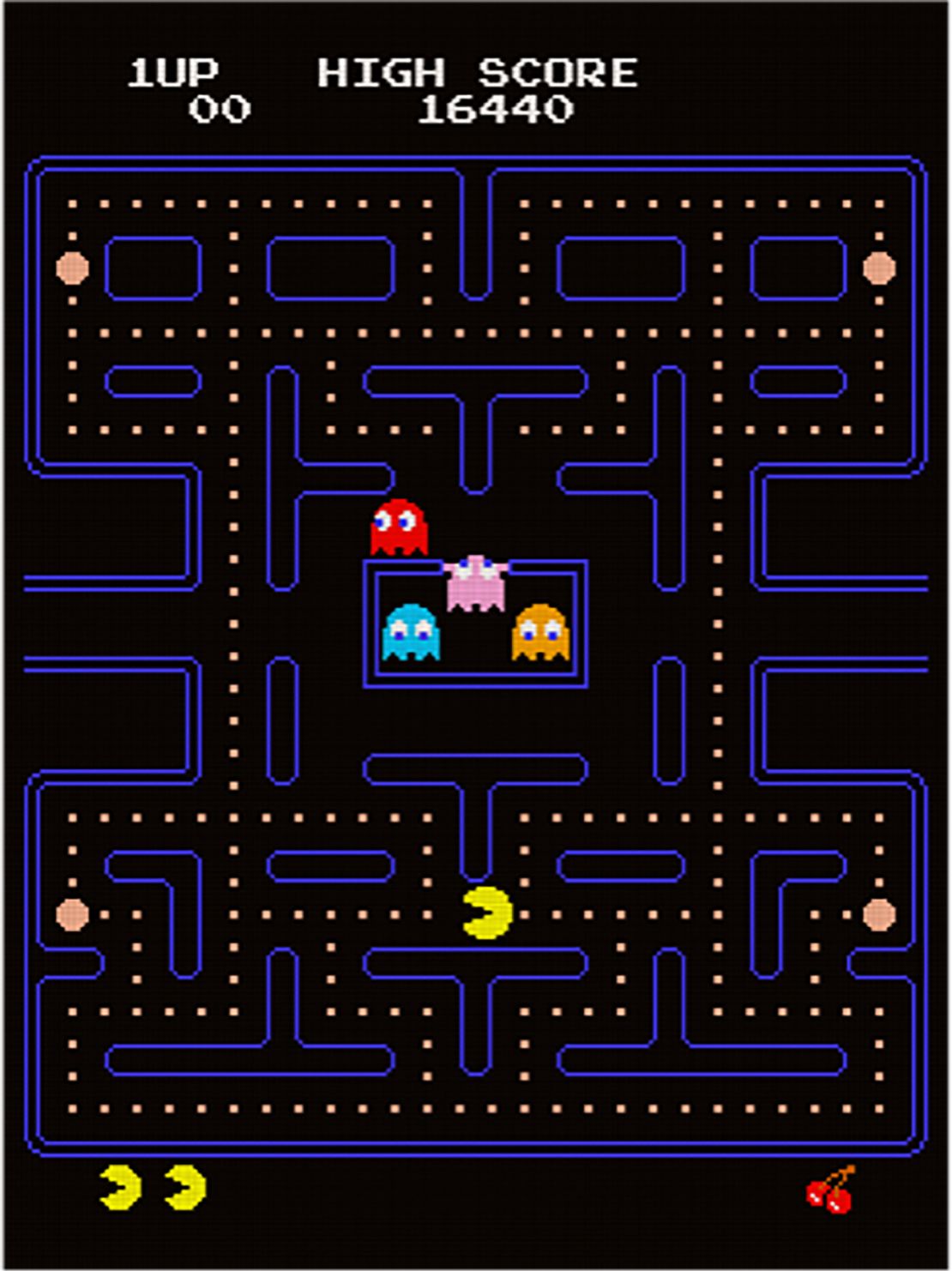
Developer: Namco
Why It Mattered:
Pac-Man wasn’t just a game—it was a cultural phenomenon. Released in 1980, it introduced a non-violent, character-driven game at a time when most titles were centered around space battles or war themes. Designed by Toru Iwatani, Pac-Man was created to appeal to women and casual players, making arcades more inclusive.
Legacy:
- Spawned a hit animated series and merchandise empire.
- Inspired the first gaming hit song (“Pac-Man Fever”).
- Still played and recognized worldwide.
2. Donkey Kong (1981)
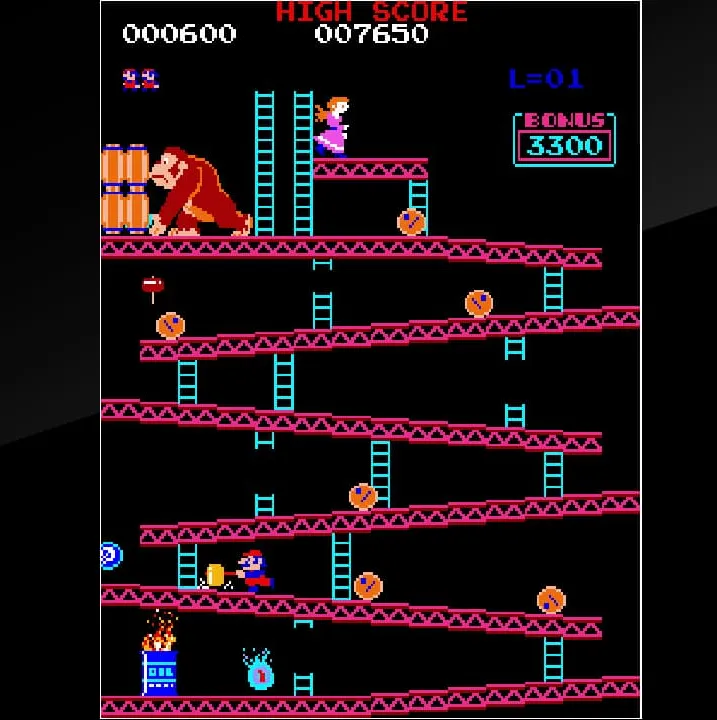
Developer: Nintendo
Why It Mattered:
This was the debut of a little pixelated plumber named Jumpman—later known as Mario. Designed by Shigeru Miyamoto, Donkey Kong was among the first games with a defined storyline and character development, laying the foundation for platformers and narrative-driven games.
Fun Fact:
- The barrels? Inspired by Popeye cartoons.
- The love triangle setup between Mario, Pauline, and Donkey Kong was way ahead of its time.
Legacy: - Gave birth to the Super Mario franchise.
- Helped Nintendo break into the American market.
3. Galaga (1981)
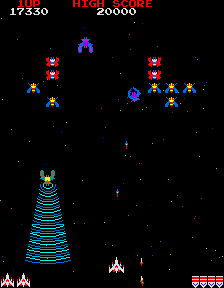
Developer: Namco
Why It Mattered:
Galaga was the polished, addictive follow-up to Galaxian and one of the most popular fixed shooters of all time. The ability to save a captured ship and double your firepower was a game-changer—literally.
Fun Fact:
- Skilled players knew the “no fire” trick to manipulate alien behavior.
Legacy: - One of the longest-running shooter franchises.
- Featured in The Avengers as Tony Stark’s favorite arcade game.
4. Ms. Pac-Man (1982)
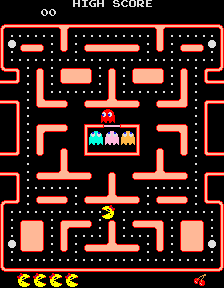
Developer: Midway
Why It Mattered:
Ms. Pac-Man wasn’t just a sequel—it was an improvement. Faster gameplay, smarter ghosts, new mazes, and a strong female lead made it an instant classic.
Fun Fact:
- Developed by a group of MIT dropouts who hacked the original Pac-Man ROM.
Legacy: - Widely considered superior to the original by hardcore fans.
- First female video game icon.
5. Centipede (1981)
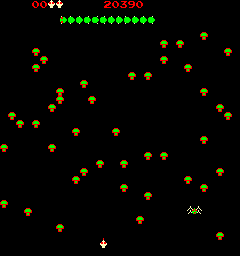
Developer: Atari
Why It Mattered:
Designed in part by Dona Bailey, one of the few female game developers at the time, Centipede was fast-paced, hypnotic, and gave players that perfect blend of chaos and control.
Fun Fact:
- The game’s smooth trackball control made it unique compared to other joystick-based games.
Legacy: - One of Atari’s biggest arcade hits.
- Cemented the importance of accessibility in game design.
6. Dragon’s Lair (1983)
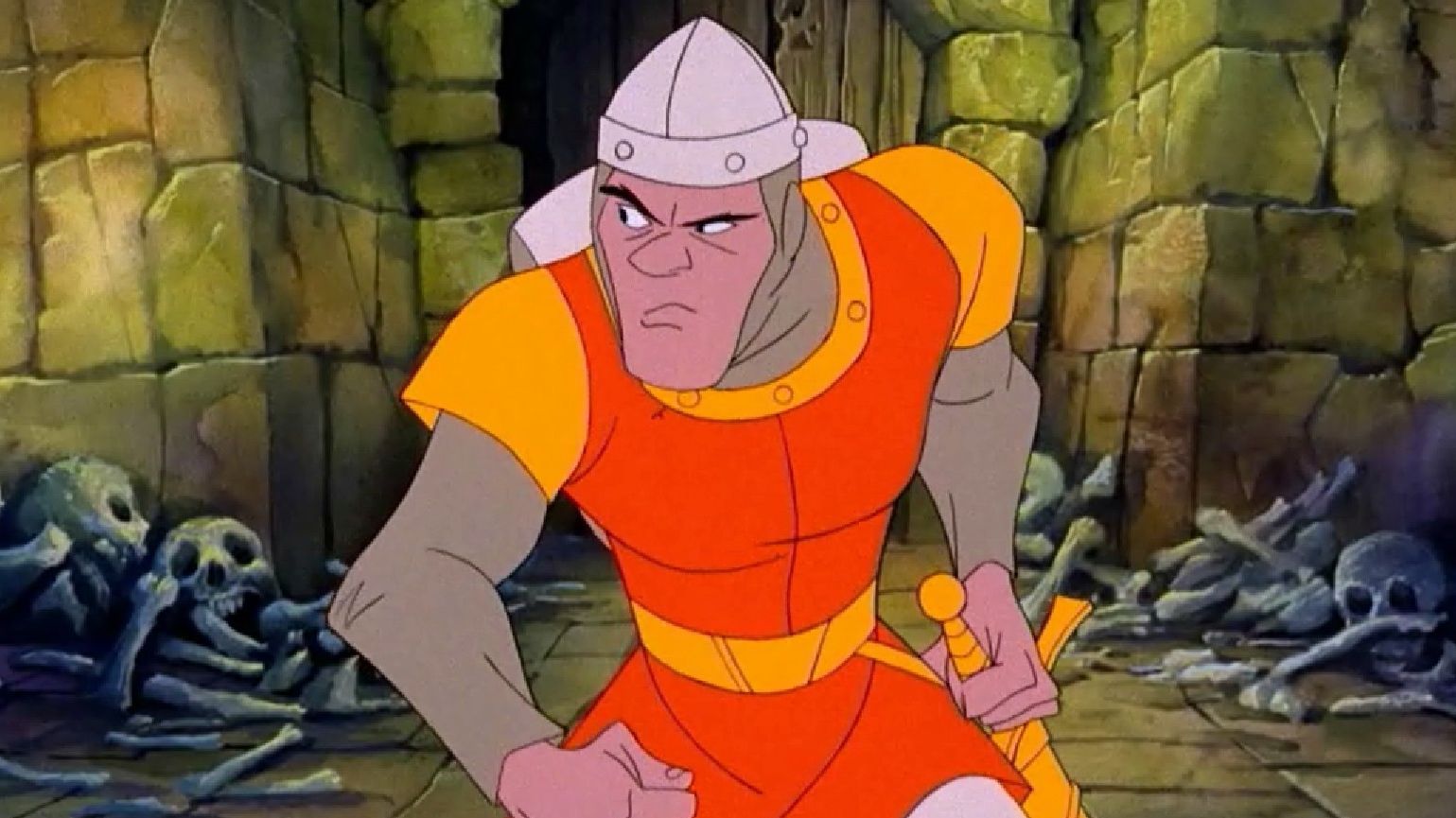
Developer: Cinematronics / Don Bluth Studios
Why It Mattered:
Dragon’s Lair was the first arcade game to use laserdisc technology, featuring full-motion animated video. It looked like a playable cartoon, thanks to the work of former Disney animator Don Bluth.
Fun Fact:
- The game required players to memorize a series of quick-time actions, making it more like an interactive movie.
Legacy: - Paved the way for cinematic storytelling in games.
- Precursor to the Quick-Time Event (QTE) gameplay used in modern titles.
7. Street Fighter (1987)
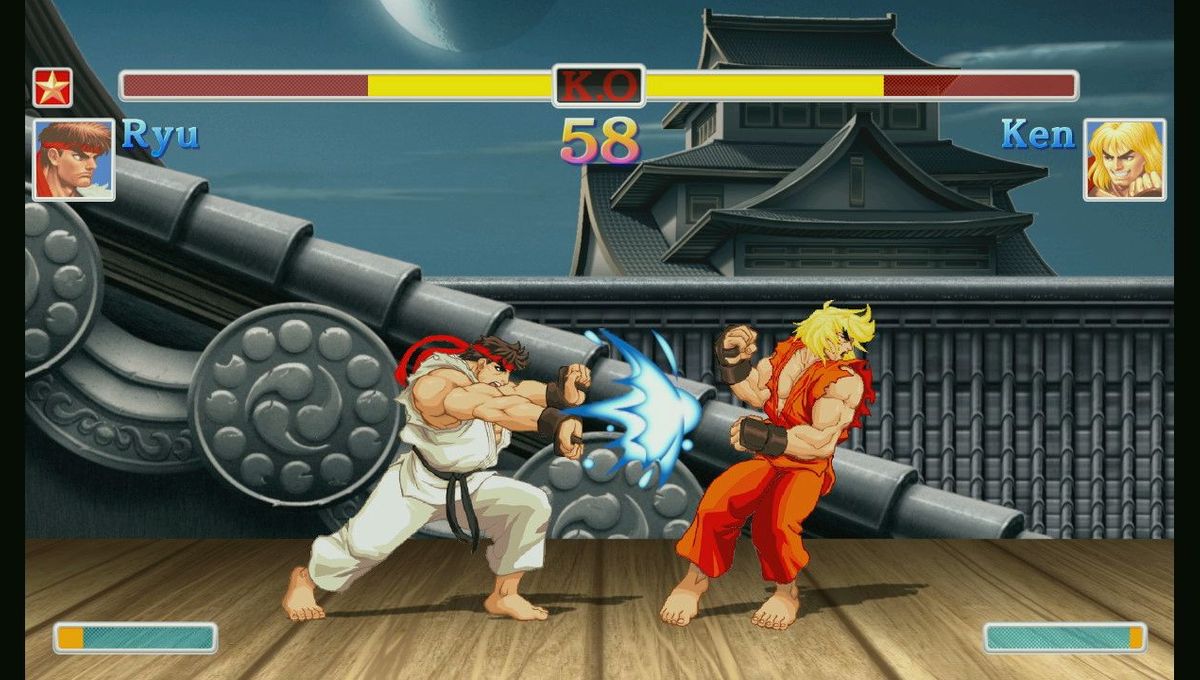
Developer: Capcom
Why It Mattered:
While not as polished as its 1991 sequel, the original Street Fighter introduced the concept of special moves and one-on-one fighting mechanics. Players could pull off hadoukens and dragon punches, though with extreme difficulty.
Fun Fact:
- The arcade cabinet featured pressure-sensitive pads in early versions, which were scrapped due to injuries.
Legacy: - Set the stage for the fighting game genre and led directly to Street Fighter II’s global domination.
8. Double Dragon (1987)
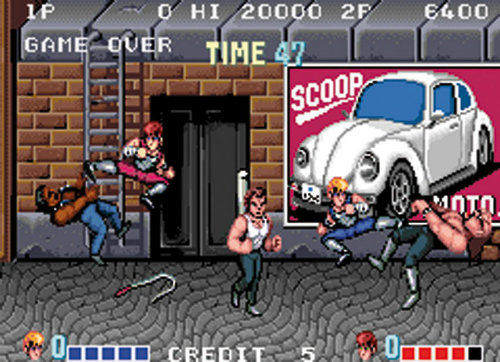
Developer: Technos Japan
Why It Mattered:
The granddaddy of beat-’em-ups, Double Dragon let you and a friend fight your way through gangs to save your kidnapped girlfriend. It blended cooperative gameplay with martial arts and urban grit.
Fun Fact:
- You fight your own teammate at the end to win the girl. Talk about plot twists.
Legacy: - Inspired a generation of side-scrolling beat-’em-ups like Final Fight and Streets of Rage.
9. Gauntlet (1985)
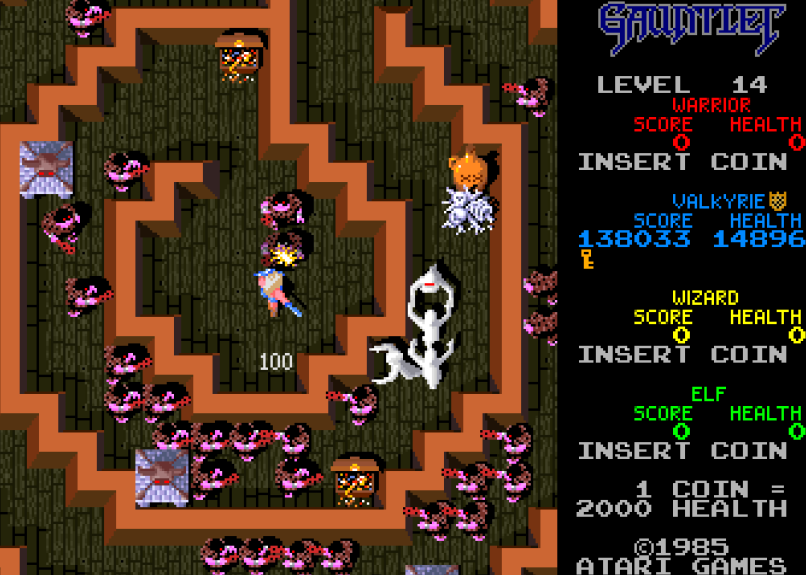
Developer: Atari Games
Why It Mattered:
One of the first four-player arcade cabinets, Gauntlet introduced cooperative dungeon crawling. Players chose between Wizard, Warrior, Valkyrie, and Elf and battled through monster-filled labyrinths.
Fun Fact:
- The booming narrator voice (“Wizard needs food… badly!”) became an iconic part of the game’s appeal.
Legacy: - Laid the groundwork for co-op RPGs and inspired loot-driven games like Diablo.
10. Out Run (1986)
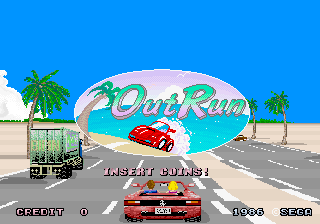
Developer: Sega
Why It Mattered:
Out Run wasn’t just about winning races—it was about the vibe. You controlled a red Ferrari Testarossa with your blonde girlfriend riding shotgun while cruising coastal highways to the tune of synth-heavy music.
Fun Fact:
- Players could select music before the race, an unheard-of feature at the time.
Legacy: - Defined the “racing as escapism” subgenre and inspired titles like Cruis’n USA and Forza Horizon.
Honorable Mentions:
- Q*Bert (1982): A surreal puzzle-platformer with unforgettable sound design.
- Tron (1982): Inspired by the film and pushed graphics to a new level.
- Tempest (1981): One of the first 3D vector games and a favorite of arcade pros.
- Joust (1982): Because ostrich-mounted combat was somehow a thing.
Why These Games Mattered to Gen X
These games weren’t just time-killers; they were rites of passage. They taught us hand-eye coordination, the joy of competition, and how to stretch a quarter longer than a microwave burrito. Whether we were waiting in line for our turn or defending our initials on the high score screen, these pixel-powered classics shaped the gaming world—and a generation.
So if you ever catch the scent of popcorn and sweaty quarters in a dark room with glowing screens, don’t just walk in—run. Your childhood is calling, one token at a time.
